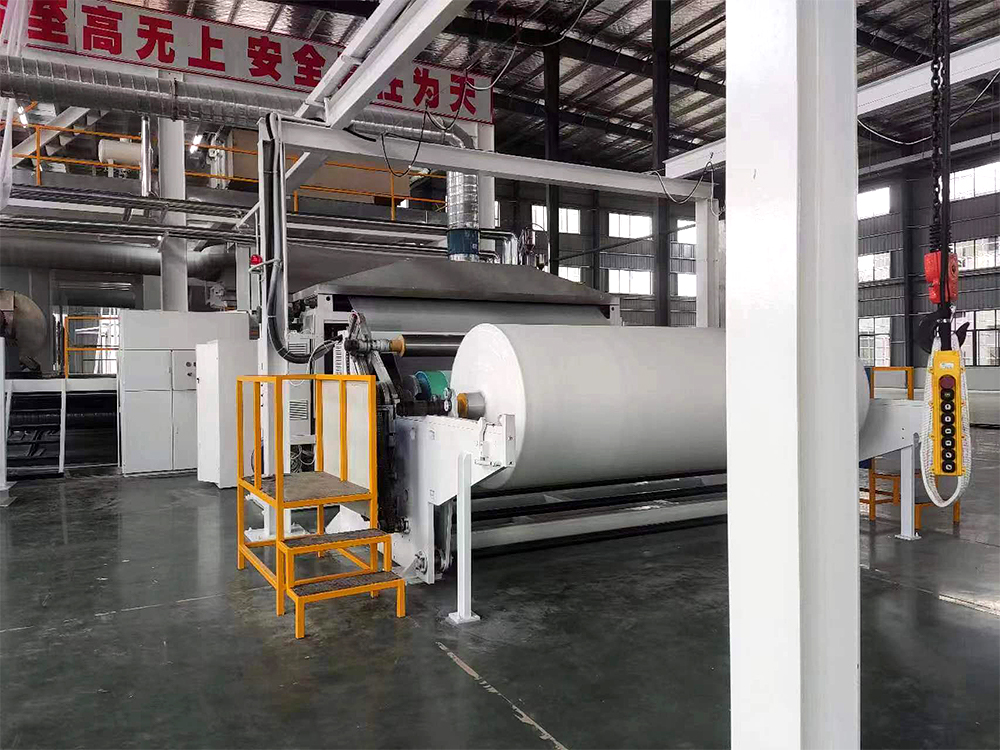Nonwoven fabrics are engineered fabrics made from synthetic fibers bonded together by chemical, mechanical, heat or solvent treatment. They are mainly used for filtration, hygiene products, medical applications, geotextiles and more. Meltblown nonwovens are a type of nonwoven fabric made by extruding thermoplastic fibers that are blown by high-velocity air onto a conveyor belt. The fibers bond and entangle as they land to form a fine, breathable fabric. Meltblowing is one of the most effective technologies for creating top-quality filters. This blog post will provide an overview of нетканый материал, полученный методом выдувания из расплава and its manufacturing process and applications.

How Meltblown Nonwovens Are Made?
Meltblown nonwovens are made through a specialized extrusion process called meltblowing. Polymer resins, usually polypropylene or polyethylene, are first melted and then extruded through tiny nozzles surrounded by high velocity hot air. As the hot air blows onto the molten polymers coming out of the nozzles, it stretches them into micro and nanofibers, allowing the fibers to get extremely thin in diameter, typically ranging from 1 к 10 микроны. The fibers are then laid randomly onto a moving belt to form a nonwoven web. The entanglement of the ultrafine fibers as they land and bond to each other results in a very dense barrier fabric.
The meltblowing process allows control over final fabric properties such as fiber diameter, basis weight, and pore size based on factors like the polymer viscosity, air flow rate, distance between the nozzle and the collecting belt, as well as belt speed. This high level of control allows the creation of tailored nonwovens for specific applications. Meltblown fabrics are known for their barrier properties, fine fiber filtration efficiency, absorption characteristics and high surface area.
Key Components Of A Meltblown Machine
The main components of a meltblown machine include:
- Экструдер: Melts the polymer resin and pumps it at a constant rate to the meltblowing die.
- Meltblowing die: Having rows of tiny holes called nozzles or capillaries that the molten polymer extrudes through. High velocity hot air blows onto the polymer streams exiting the nozzles and attenuates them into microfibers.
- Web forming chamber: Where the fiber streams are blown by the high velocity air onto a perforated rotating drum or conveyor belt moving in front of the die. The fibers accumulate on the belt into a meltblown web.
- Bonding method: Can be thermal point bonding with heated calender rolls or hydroentanglement jets that need pressure for fibers to entangle. Provides fabric strength.
- Winding system: Winds the consolidated meltblown fabric into rolls.
Advantages Of Meltblown Nonwovens
Some key advantages of meltblown nonwovens include:
- Very fine fiber diameters, down to submicron sizes. This gives a large surface area.
- High level of filtration efficiency. The microfibers intercept tiny particles and prevent them from passing through the fabric. Meltblowns can remove particles down to 2-3 microns and some even smaller.
- Breathable barrier properties, allowing gas and water vapors to permeate while providing a barrier for liquids. Useful for surgical gowns.
- Good absorbency due to the small interfiber spaces that can hold liquid. Often used as oil absorbents.
- Lightweight fabric with a soft draping handfeel. Does not irritate skin.
- Versatile, cost-effective and can be tailored to many different applications.
- Continuous production method makes high volumes possible.
Applications Of Meltblown Nonwovens
Some of the main uses of meltblown nonwovens are:
- Surgical face masks – Protect against infectious particles thanks to the excellent filtration ability of meltblowns. Most masks have a meltblown middle layer sandwiched between spunbond or other nonwovens providing strength.
- Air filters – Remove airborne particles from air streams in applications like vacuum cleaners, air conditioners and automotives. The submicron diameter fibers catch fine particles.
- Industrial workwear – Apparel like coveralls, gowns and sleeves used where hazardous particle protection is needed.
- Oil absorbents – Can soak up oils and hydrocarbon liquids from spills on land or water. The fabric’s oleophilic but hydrophobic nature is ideal for oil clean-up.
- Сепараторы аккумуляторов – Prevent direct contact between the anode and cathode in batteries while allowing ion transfer. The microporous structure provides electrical insulation.
- Салфетки – For medical, промышленный, cosmetic and other wipes where low-linting and softness are desired.
- Hygiene products – Used in diapers to provide a breathable, leakage barrier. Also in feminine hygiene items.
